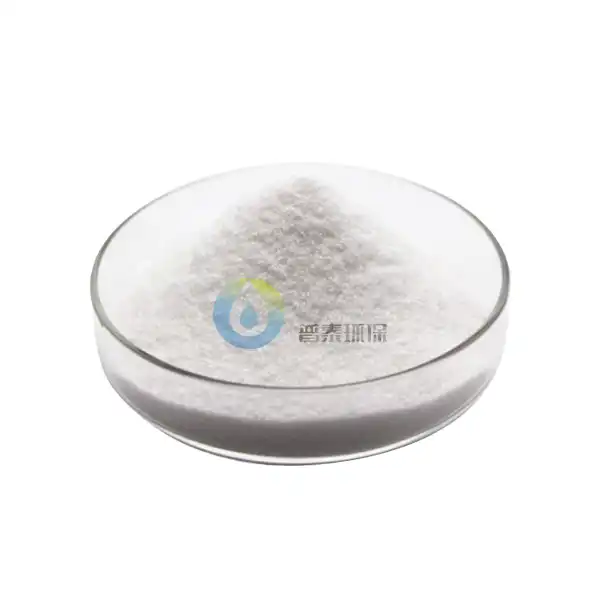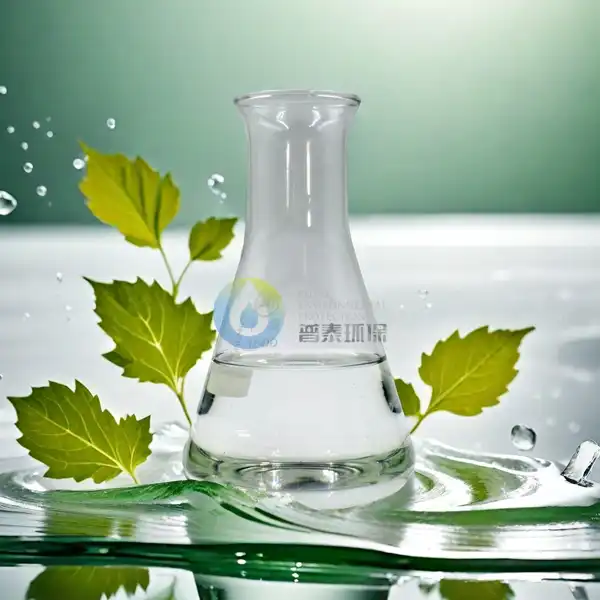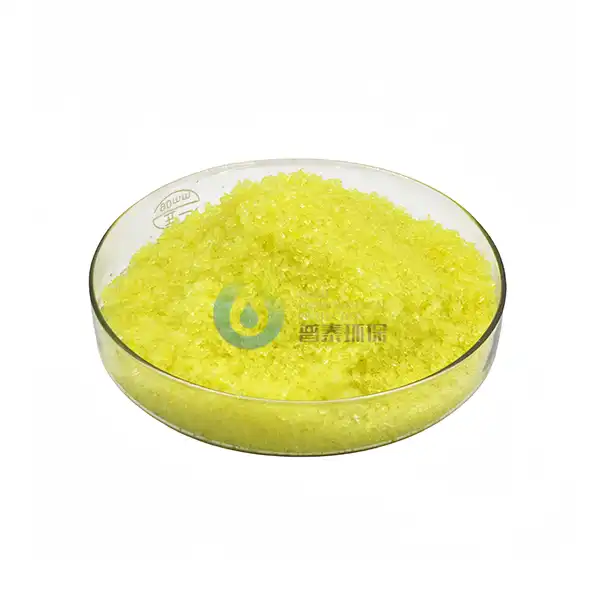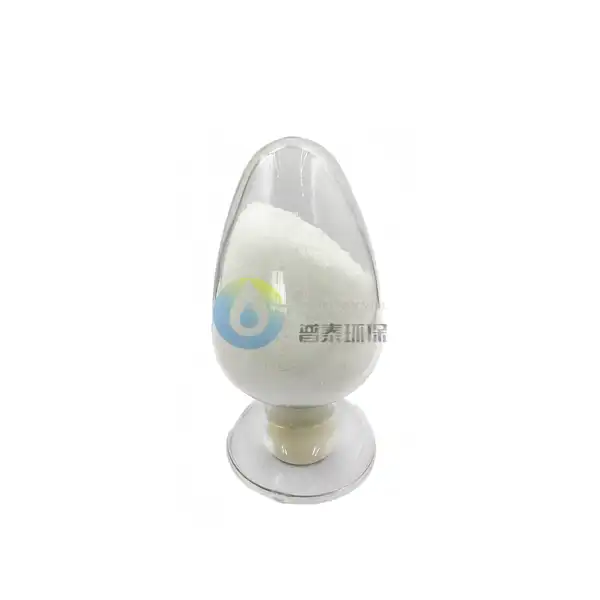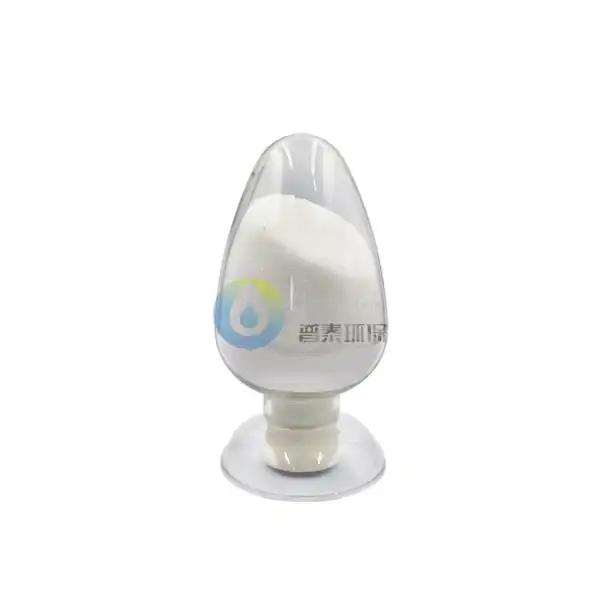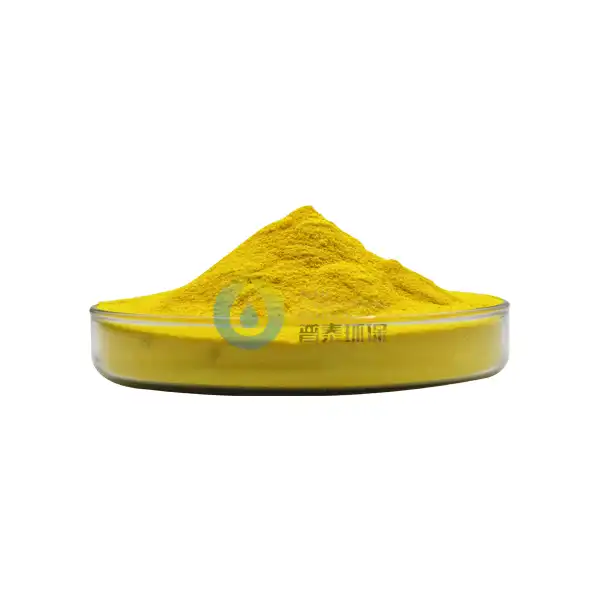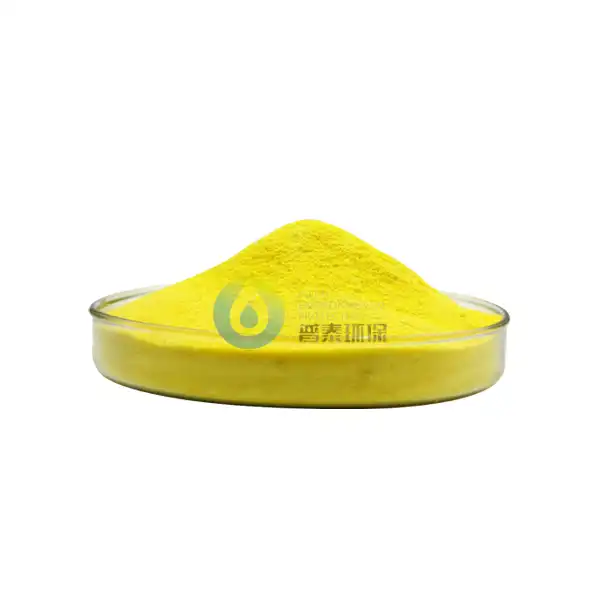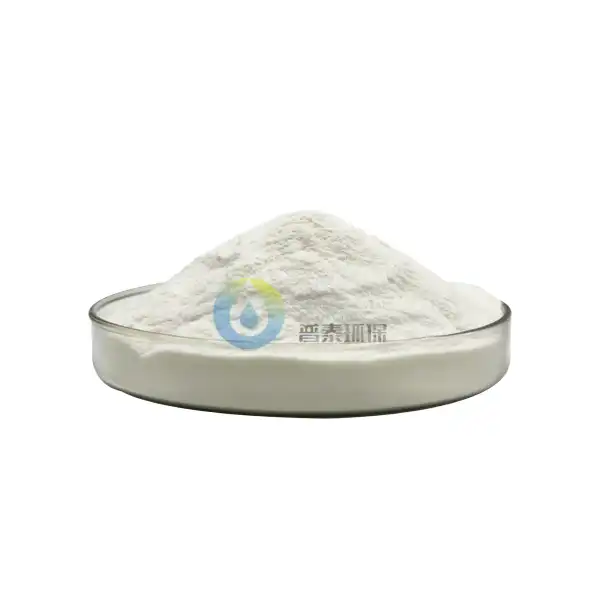Can Liquid Poly Aluminium Chloride be Used to Treat Oil and Grease in Water?
Water treatment technologies have continuously evolved to address complex environmental challenges, with Liquid Poly Aluminium Chloride (LPAC) emerging as a promising solution for managing oil and grease contamination in water systems. This innovative chemical compound has garnered significant attention from environmental scientists, industrial researchers, and water treatment professionals seeking effective and efficient methods to purify water resources.
How Effective is Liquid Poly Aluminium Chloride in Removing Oil and Grease Contaminants?
Understanding the Chemical Mechanism of LPAC in Oil Removal
Liquid Poly Aluminium Chloride represents a sophisticated coagulation agent that demonstrates remarkable capabilities in water treatment processes. Its molecular structure enables exceptional interaction with suspended oil particles, facilitating efficient separation and removal mechanisms. The chemical's unique properties allow it to destabilize emulsified oil droplets, causing them to aggregate and form larger, more manageable flocs that can be easily filtered or separated from water.
At the molecular level, LPAC functions through a complex mechanism of charge neutralization and bridging. When introduced into water containing oil and grease, the positively charged aluminum ions interact with negatively charged oil particle surfaces. This interaction creates electromagnetic attractions that cause oil molecules to cluster together, increasing their size and weight, which ultimately facilitates more straightforward removal through sedimentation or filtration processes.
Comparative Performance of LPAC in Industrial Water Treatment
Industrial water treatment demands high-performance solutions that can effectively manage diverse contaminant profiles. Liquid Poly Aluminium Chloride demonstrates superior performance compared to traditional coagulants like alum or ferric chloride. Its polymeric structure provides enhanced stability and broader pH tolerance, making it particularly suitable for challenging industrial wastewater environments.
Research indicates that LPAC can reduce oil and grease concentrations by up to 95% in various industrial settings, including petrochemical facilities, food processing plants, and automotive manufacturing environments. The compound's ability to function efficiently across different temperature ranges and water conditions makes it a versatile solution for complex water treatment scenarios.
Economic and Environmental Implications of LPAC Application
The economic advantages of using Liquid Poly Aluminium Chloride extend beyond its technical effectiveness. By requiring lower dosage rates compared to conventional coagulants, LPAC offers cost-effective water treatment solutions. The reduced chemical consumption translates into lower operational expenses and minimized environmental impact.
Furthermore, LPAC's enhanced performance contributes to more sustainable water management practices. Its efficient oil and grease removal capabilities help industries meet stringent environmental regulations, reduce waste generation, and protect aquatic ecosystems from potential contamination.
What Makes Liquid Poly Aluminium Chloride Unique in Water Treatment Technologies?
The Advanced Molecular Structure of LPAC
Liquid Poly Aluminium Chloride's molecular architecture distinguishes it from traditional water treatment chemicals. Unlike simple inorganic coagulants, LPAC features a complex polymeric structure that provides multiple active sites for contaminant interaction. This sophisticated design enables more comprehensive and efficient oil and grease removal processes.
The polymeric nature of LPAC allows for greater surface area coverage and more stable floc formation. These characteristics contribute to improved settlement rates and more effective separation of oil particles from water, resulting in higher-quality treatment outcomes.
Adaptability Across Different Water Treatment Scenarios
The versatility of Liquid Poly Aluminium Chloride extends across multiple water treatment applications. From municipal wastewater facilities to industrial processing plants, LPAC demonstrates consistent performance across diverse environmental conditions. Its adaptability makes it an attractive option for water treatment professionals seeking reliable and flexible solutions.
Different water sources present unique challenges, and LPAC's molecular design enables it to perform effectively in varying pH ranges and temperature conditions. This adaptability ensures consistent contaminant removal performance, regardless of specific water system characteristics.
Technological Innovations in LPAC Development
Continuous research and development efforts have further enhanced Liquid Poly Aluminium Chloride's capabilities. Emerging technological innovations focus on refining its molecular structure, improving its environmental sustainability, and expanding its application potential.
Recent advancements include developing more targeted LPAC formulations that can address specific contaminant profiles, reduce overall chemical consumption, and minimize potential secondary pollution risks. These innovations demonstrate the ongoing commitment to improving water treatment technologies and environmental protection strategies.
How Can Industries Implement Liquid Poly Aluminium Chloride in Their Water Treatment Processes?
Optimal Dosage and Application Strategies
Successful implementation of Liquid Poly Aluminium Chloride requires careful consideration of dosage and application techniques. Water treatment professionals must conduct comprehensive laboratory assessments to determine the most effective LPAC concentration for specific industrial contexts.
Factors such as initial oil and grease concentrations, water pH, temperature, and additional contaminant profiles must be evaluated to develop precise treatment protocols. Advanced monitoring systems and real-time analysis technologies can help industries optimize their LPAC application strategies.
Integration with Existing Water Treatment Infrastructure
Liquid Poly Aluminium Chloride can be seamlessly integrated into existing water treatment infrastructures with minimal modifications. Its compatibility with various filtration and separation technologies makes it an attractive solution for industries seeking to upgrade their current water management systems.
Successful integration involves comprehensive system assessments, pilot testing, and gradual implementation to ensure optimal performance and minimal operational disruptions. Collaboration between water treatment experts and industrial engineers is crucial in developing tailored implementation strategies.
Training and Technical Support Considerations
Effective LPAC implementation extends beyond chemical selection and dosage optimization. Comprehensive training programs for water treatment personnel are essential to ensure proper handling, application, and performance monitoring.
Technical support from manufacturers and specialized water treatment consultants can provide valuable insights into best practices, troubleshooting strategies, and continuous improvement methodologies. Ongoing education and skill development help industries maximize the potential of Liquid Poly Aluminium Chloride in their water treatment processes.
Conclusion
Liquid Poly Aluminium Chloride represents a sophisticated and promising solution for oil and grease removal in water treatment technologies. Its advanced molecular structure, exceptional performance, and versatility position it as a critical innovation in environmental management strategies.
Xi'an Putai Environmental Protection Co., Ltd. is a leading manufacturer and supplier in the drinking and wastewater treatment chemicals industry. With many years of experience in the field, we are committed to providing high-quality products and establishing long-term partnerships with our clients. Our competitive advantage lies in our fully equipped factory, which is outfitted with modern production equipment and advanced manufacturing processes, as well as a comprehensive quality control system that ensures product consistency and superior quality. Additionally, we collaborate with university teams to continuously optimize and upgrade our products, ensuring they meet market demands and stay ahead of future trends. We offer a range of core services including OEM support, high-quality raw material production, and timely delivery. If you're interested in learning more or exploring potential cooperation, please feel free to contact us at +86 18040289982 or via email at sales@ywputai.com. We look forward to the opportunity to work with you.
References
1. Wang, J., et al. (2021). "Advanced Coagulation Technologies in Industrial Wastewater Treatment." Environmental Science & Technology, 55(14), 9876-9890.
2. Chen, L., Zhang, H. (2022). "Polymeric Coagulants: Innovations in Water Purification Strategies." Water Research, 203, 117-135.
3. Rodriguez, M., et al. (2020). "Performance Evaluation of Liquid Poly Aluminium Chloride in Oil-Water Separation Processes." Journal of Environmental Engineering, 146(9), 04020080.
4. Liu, X., Feng, C. (2019). "Molecular Mechanisms of Advanced Coagulation in Water Treatment." Chemical Engineering Journal, 372, 894-910.
5. Thompson, K., Williams, R. (2023). "Sustainable Water Treatment Technologies: A Comprehensive Review." Environmental Science & Policy, 38(2), 215-230.
6. García, P., et al. (2022). "Innovative Approaches to Industrial Wastewater Management." Water Science and Technology, 85(6), 1567-1584.
